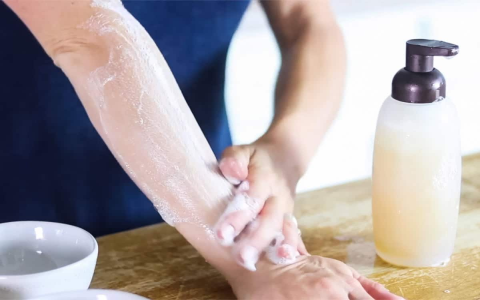Body Wash Recipe: A Comprehensive Guide to Crafting Your Own Personal Care Product
Introduction
Body washes have become an integral part of personal hygiene routines worldwide. With the increasing demand for natural and organic products, creating a custom body wash recipe has become a popular trend. This article aims to provide a comprehensive guide to crafting your own body wash, covering the importance of ingredients, the science behind the formulation, and the benefits of homemade body washes. By the end of this article, you will have a clear understanding of how to create a body wash that suits your skin type and preferences.
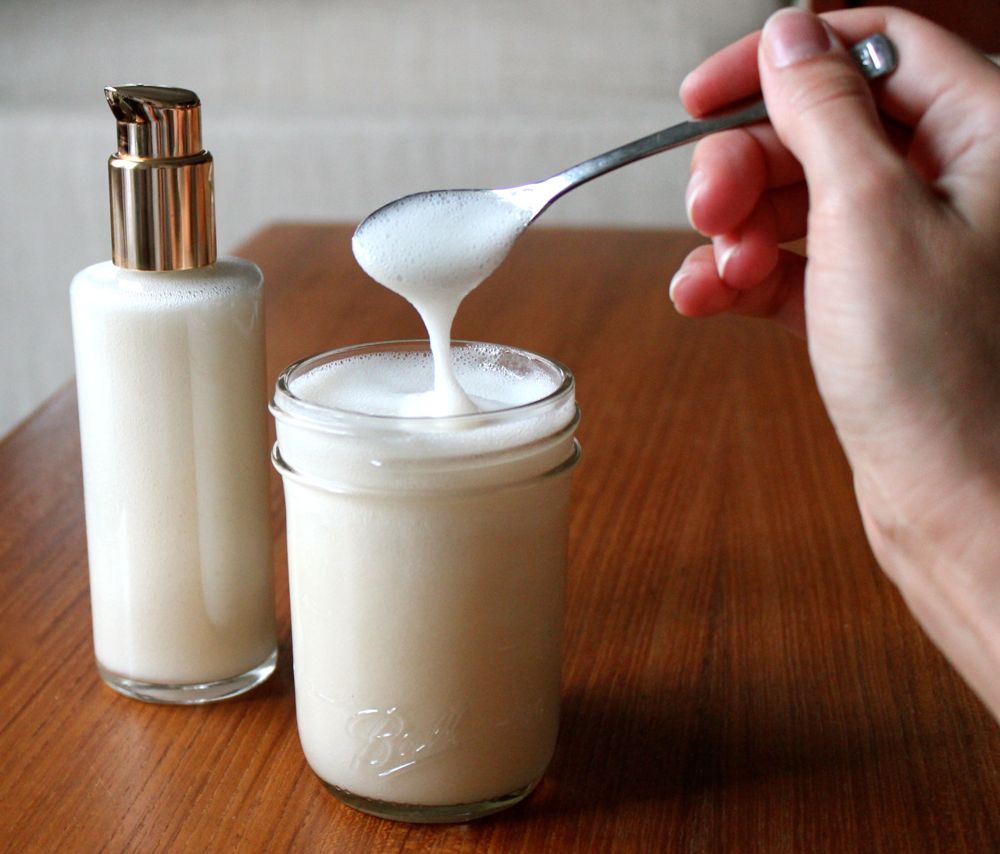
Importance of Ingredients in Body Wash Formulation
Natural Oils
Natural oils are the backbone of any body wash recipe. They provide moisture, nourishment, and a luxurious feel to the skin. Common oils used in body washes include coconut oil, olive oil, and jojoba oil. These oils are rich in fatty acids and vitamins, which help to maintain the skin’s natural barrier and prevent dryness.
Surfactants
Surfactants are essential for creating the lather that is characteristic of body washes. They help to emulsify oils and water, allowing for effective cleaning. However, it is important to choose surfactants that are gentle on the skin and free from harsh chemicals. Sodium laureth sulfate (SLES) and sodium lauryl sulfate (SLS) are popular choices, but alternatives like decyl glucoside and coco-glucoside are also available.
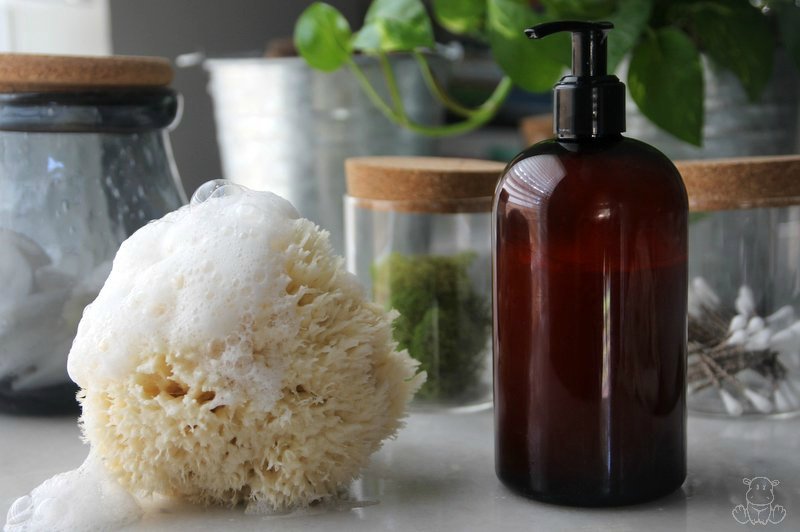
Preservatives
Preservatives are crucial for extending the shelf life of your body wash and preventing the growth of bacteria and mold. Natural preservatives such as grapefruit seed extract, vitamin E, and rosemary extract can be used to achieve this without compromising on safety or effectiveness.
Essential Oils
Essential oils add a delightful scent to your body wash and can also provide therapeutic benefits. They can be chosen based on personal preference or specific skin concerns. For example, lavender oil is known for its calming properties, while tea tree oil is excellent for acne-prone skin.
The Science Behind Body Wash Formulation
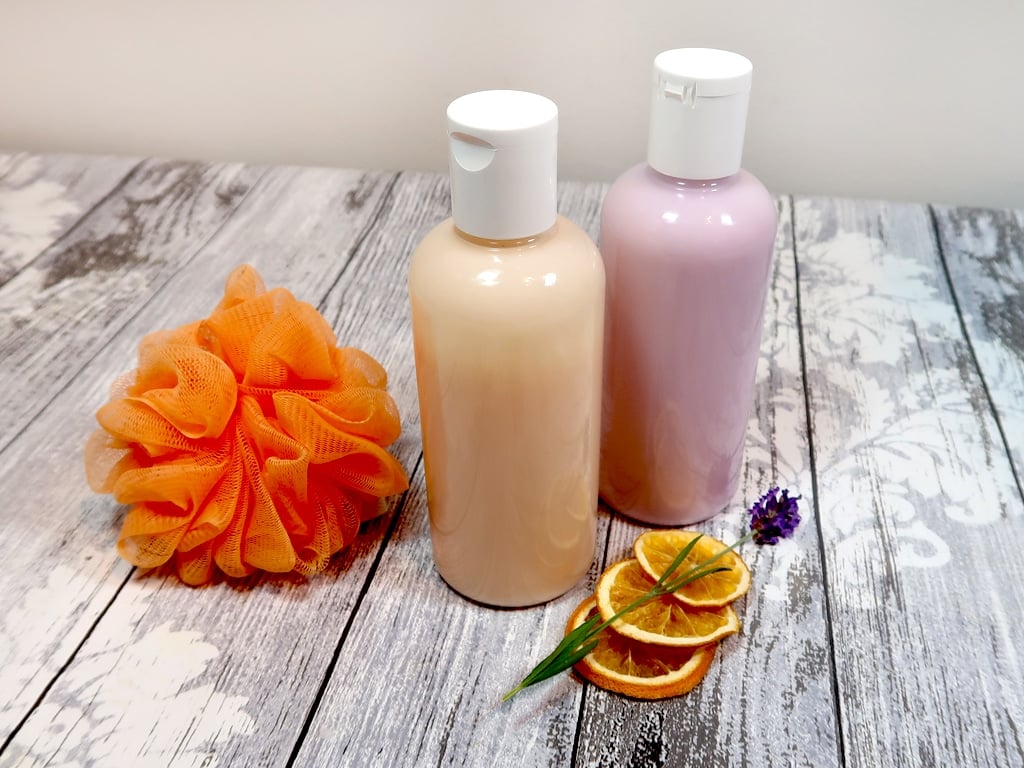
pH Balance
The pH of the skin is a critical factor in maintaining its health. The ideal pH for the skin is between 4.5 and 5.5, which is slightly acidic. When formulating a body wash, it is important to maintain this pH balance to avoid disrupting the skin’s natural barrier.
Solubility
To ensure that your body wash is effective, the ingredients must be properly solubilized. This involves creating a stable emulsion that allows for even distribution of oils and surfactants. Emulsifiers like polysorbate 20 and sodium laureth sulfate help to achieve this.
Stability
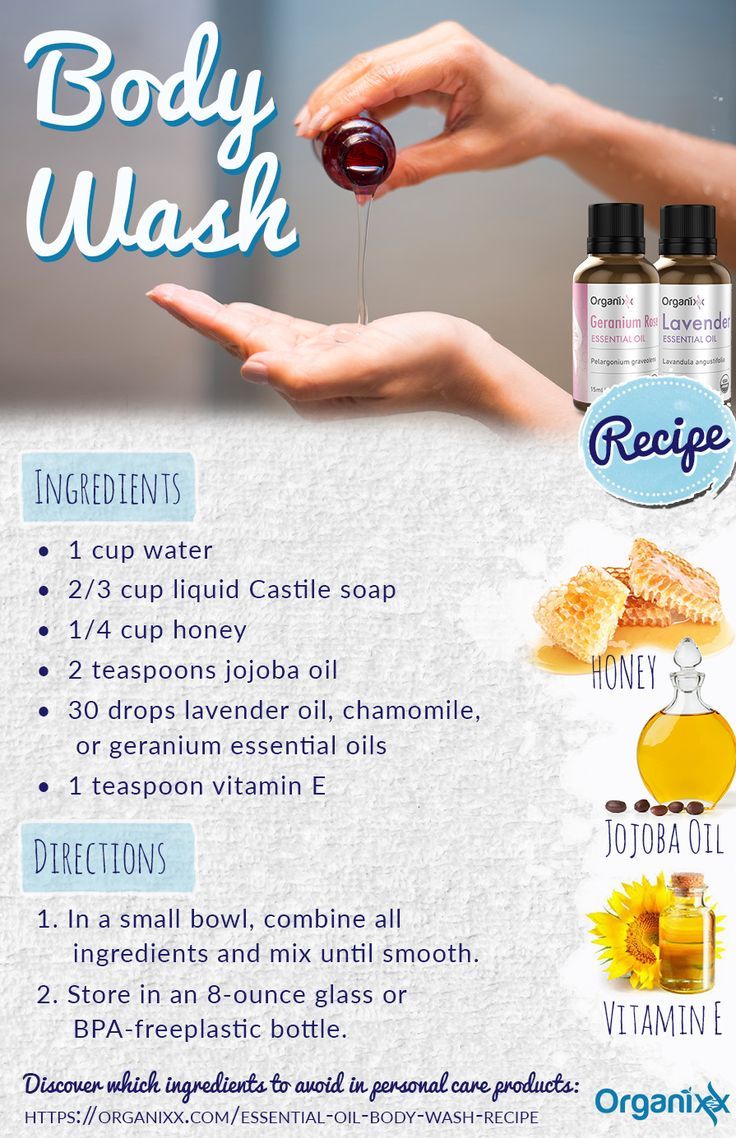
Stability is key to a long-lasting body wash. To ensure that your product remains effective and safe, it is important to test for separation, oxidation, and other stability issues. Proper storage and packaging can also contribute to the longevity of your body wash.
Benefits of Homemade Body Washes
Customization
One of the most significant advantages of making your own body wash is the ability to customize it to your specific needs. Whether you have sensitive skin, prefer natural ingredients, or have specific skin concerns, a homemade body wash can be tailored to suit your preferences.
Cost-Effectiveness
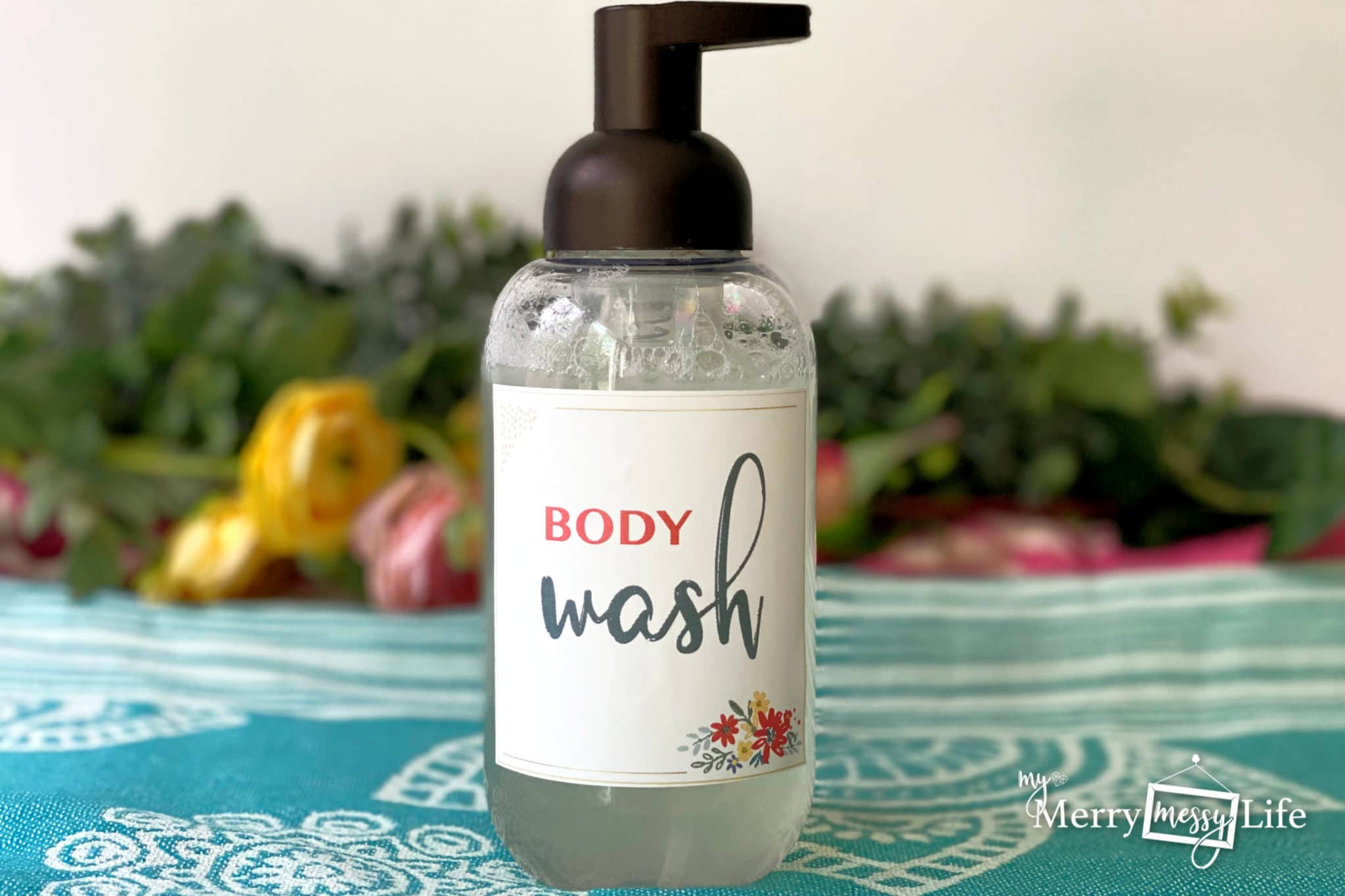
Creating your own body wash can be more cost-effective than purchasing commercial products. By purchasing high-quality ingredients in bulk, you can save money in the long run.
Environmental Impact
Homemade body washes are often more environmentally friendly than commercial products. By reducing packaging waste and choosing natural ingredients, you can minimize your environmental footprint.
Step-by-Step Guide to Crafting Your Own Body Wash
Step 1: Gather Ingredients
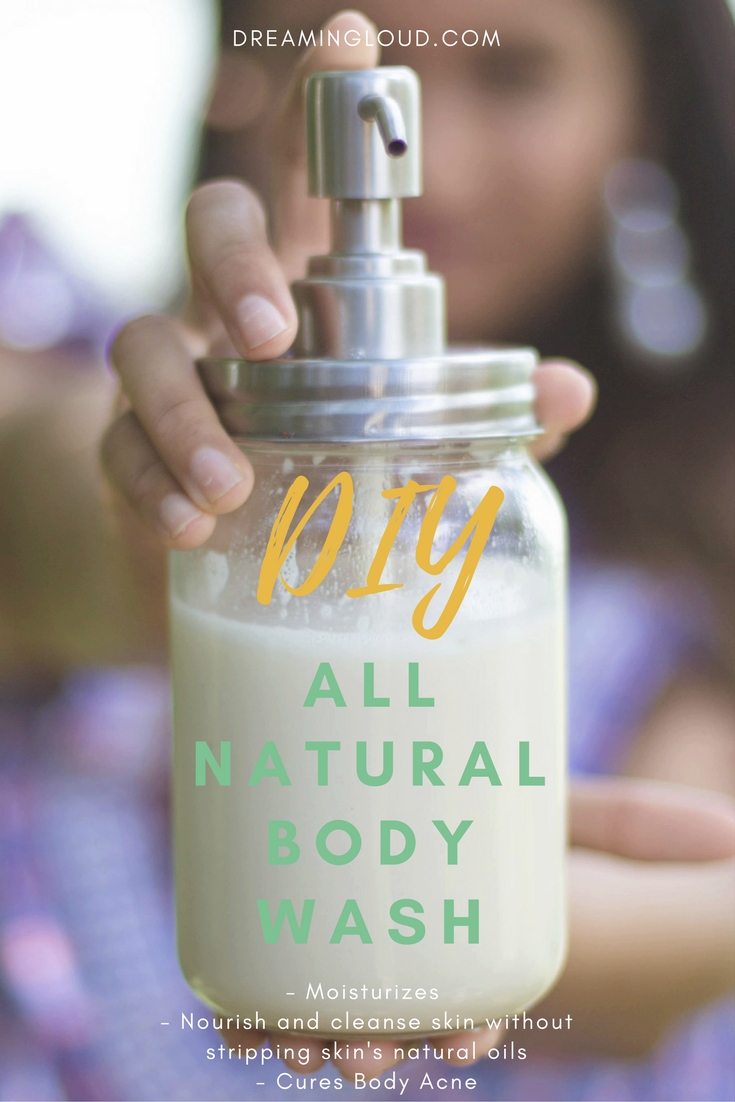
Start by gathering all the necessary ingredients for your body wash. This may include natural oils, surfactants, preservatives, essential oils, and any additional ingredients you wish to include.
Step 2: Measure and Melt
Measure out the oils and melt them in a double boiler. This will ensure that the oils are fully melted and mixed before adding the surfactants.
Step 3: Add Surfactants
Gradually add the surfactants to the melted oils, stirring constantly to prevent lumps from forming.
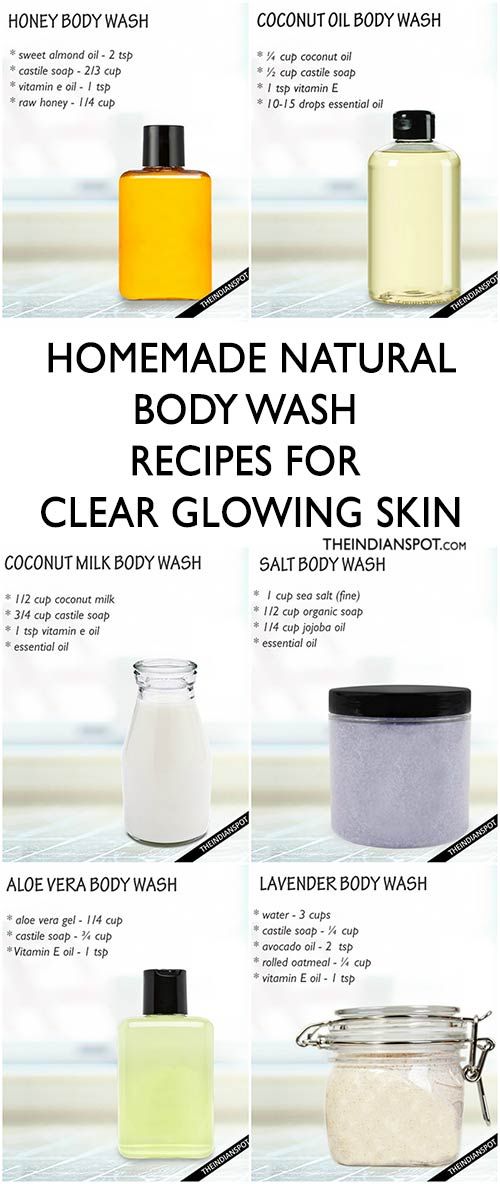
Step 4: Cool and Emulsify
Allow the mixture to cool to room temperature. Once cooled, emulsify the mixture by blending it with an immersion blender or whisk.
Step 5: Add Preservatives and Essential Oils
Add the preservatives and essential oils to the emulsified mixture. Stir well to ensure even distribution.
Step 6: Package and Store
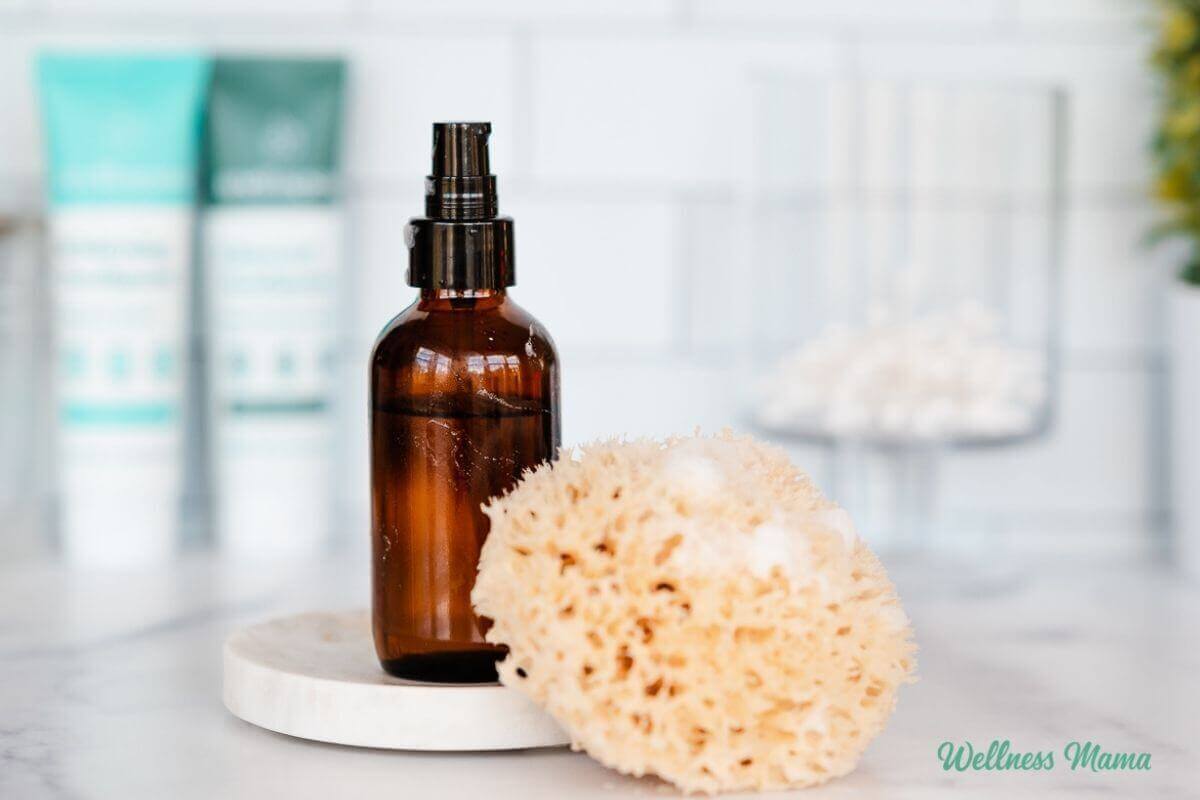
Transfer the body wash to clean, airtight containers. Store in a cool, dry place.
Conclusion
Creating your own body wash recipe offers numerous benefits, from customization and cost-effectiveness to environmental friendliness. By understanding the science behind body wash formulation and the importance of selecting the right ingredients, you can craft a product that suits your skin type and preferences. Remember to test your body wash for stability and pH balance before using it regularly. With this comprehensive guide, you are well on your way to creating a luxurious and effective homemade body wash.


